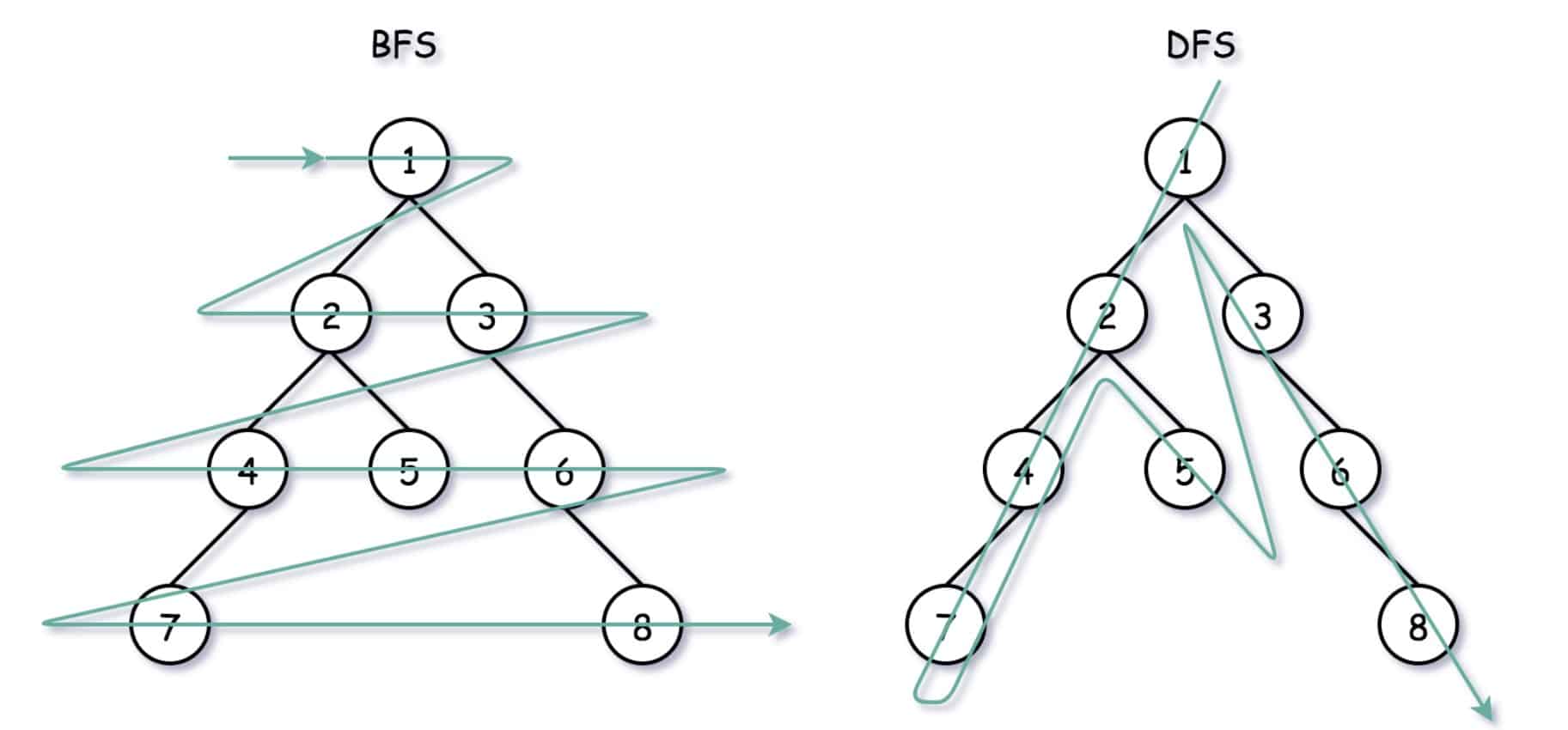Difference Between BFS and DFS: Unraveling Algorithmic Mysteries

Introduction
BFS and DFS are fundamental algorithms in computer science, each with its unique characteristics and applications. In this comprehensive guide, we delve into the intricacies of these algorithms, offering insights, comparisons, and expert perspectives.
Basics of BFS
BFS, a graph traversal algorithm, explores the neighbor nodes before moving to the next level. It proves effective in finding the shortest path and is widely used in network analysis, social network algorithms, and more.
Basics of DFS
Contrastingly, DFS prioritizes exploring as far as possible along a branch before backtracking. This algorithm is instrumental in maze-solving, topological sorting, and identifying connected components in a graph.
Key Differences
Understanding the nuances between BFS and DFS is crucial for choosing the right algorithm for a specific task. Explore differences in algorithmic approach, memory usage, and performance to make informed decisions.
Algorithmic Approach
BFS employs a queue to systematically explore nodes, ensuring a level-wise traversal. In contrast, DFS utilizes a stack or recursion for deep exploration, often leading to a more memory-efficient process.
Memory Usage
BFS, due to its level-wise exploration, might consume more memory, making it less suitable for large datasets. DFS, on the other hand, is memory-efficient but may face stack overflow issues in extremely deep paths.
Performance
Evaluate the speed and efficiency of BFS and DFS in various scenarios. While BFS excels in finding the shortest path, DFS might outperform in tasks where memory is a critical factor.
Use Cases
Uncover the practical applications of BFS and DFS in diverse fields. From network routing to natural language processing, these algorithms play pivotal roles in solving complex problems.
Advantages of BFS
BFS shines in scenarios demanding the shortest path calculation. Its level-wise exploration ensures an optimal solution, making it indispensable in pathfinding algorithms.
Advantages of DFS
DFS’s strength lies in its memory efficiency. In scenarios where deep exploration is needed, DFS proves to be a reliable choice, optimizing memory utilization.
Limitations of BFS
Despite its advantages, BFS falls short in scenarios where memory is a constraint. Its level-wise approach may lead to increased memory consumption, limiting its applicability.
Limitations of DFS
DFS, while memory-efficient, might struggle with extremely deep paths, potentially causing stack overflow issues. Careful consideration is essential to avoid these limitations.
Importance in Programming
BFS and DFS are not just theoretical concepts; they play a vital role in coding. Understanding when and how to apply these algorithms is key to effective problem-solving in programming.
Case Studies
Explore real-world success stories of BFS and DFS implementations. From navigation systems to recommendation engines, these algorithms contribute significantly to various applications.
Expert Insights
Gain perspectives from experts who have firsthand experience with BFS and DFS. Understand the nuances that textbooks might overlook and learn practical tips for optimal algorithm selection.
VISIT ALSO: Lippan Art Kit: Your Creative Gateway
Difference Between BFS and DFS: Exploring FAQs
- Are BFS and DFS interchangeable in any scenario?
While both algorithms have similarities, they serve different purposes. BFS is ideal for finding the shortest path, while DFS excels in memory-efficient deep exploration. Choosing between them depends on the specific requirements of the task.
- How does BFS handle memory consumption in large graphs?
BFS explores nodes level by level, which can lead to increased memory usage in large graphs. It may not be the most efficient choice for scenarios with memory constraints.
- Can DFS be applied to find the shortest path in a graph?
DFS can find a path, but it might not guarantee the shortest one. Its strength lies in memory efficiency and deep exploration, making it suitable for certain scenarios, but not necessarily for finding optimal paths.
- In which programming scenarios is BFS commonly used?
BFS is widely used in scenarios requiring the shortest path calculation, such as network routing algorithms, social network analysis, and geographical mapping.
- What challenges might one encounter when implementing DFS?
The main challenge with DFS is the potential for stack overflow in extremely deep paths. Careful consideration and optimization are crucial to prevent these issues.
- Are there hybrid approaches that combine BFS and DFS?
Yes, hybrid approaches exist, leveraging the strengths of both algorithms. Such combinations are often applied in scenarios demanding a balance between optimal pathfinding and memory efficiency.
VISIT ALSO: The Best Village Beach Resorts in Lakshadweep
Conclusion
In conclusion, understanding the “Difference Between BFS and DFS” is pivotal for anyone venturing into the realms of computer science and programming. Whether navigating through networks or solving complex mazes, choosing the right algorithm ensures optimal results. Consider the specifics of each algorithm, weigh their advantages and limitations, and make informed decisions tailored to the task at hand.
